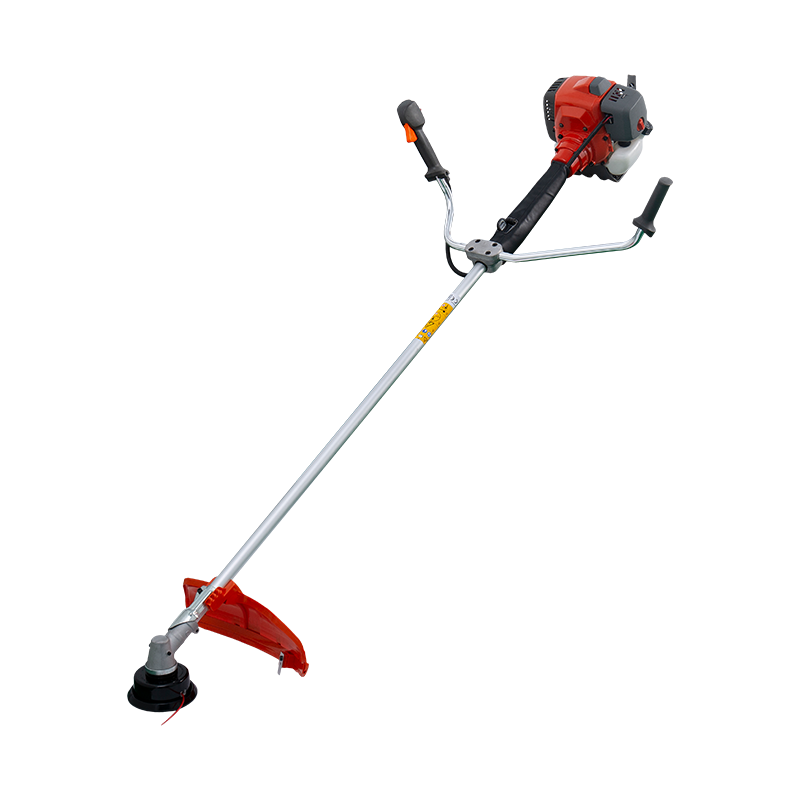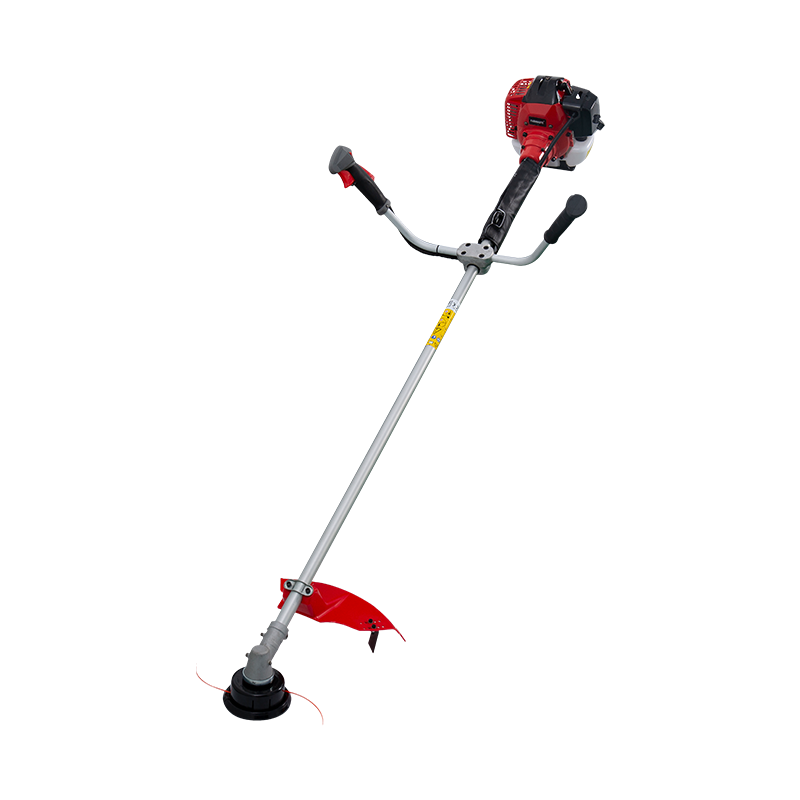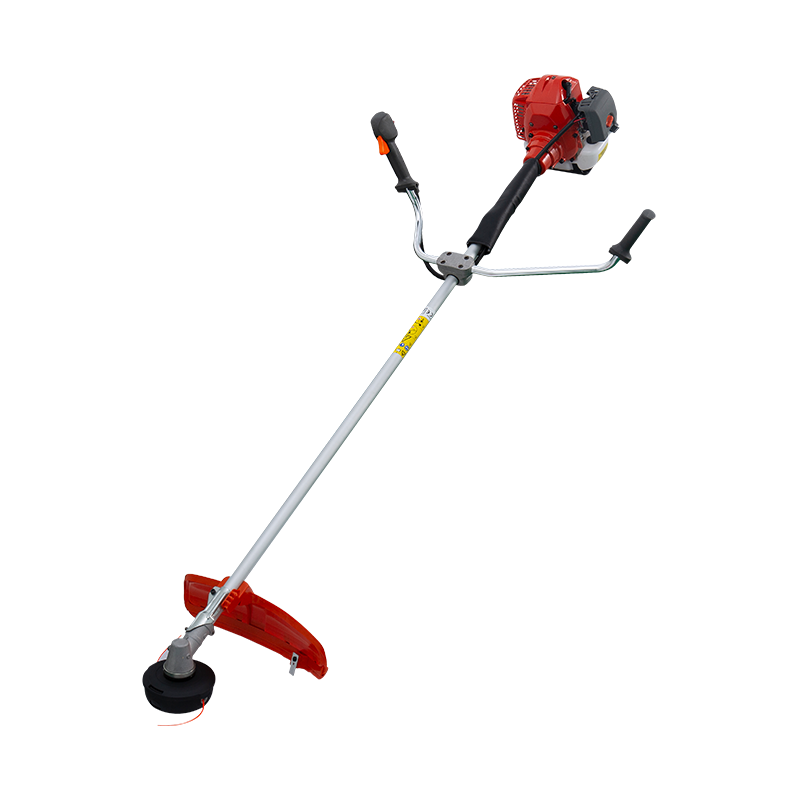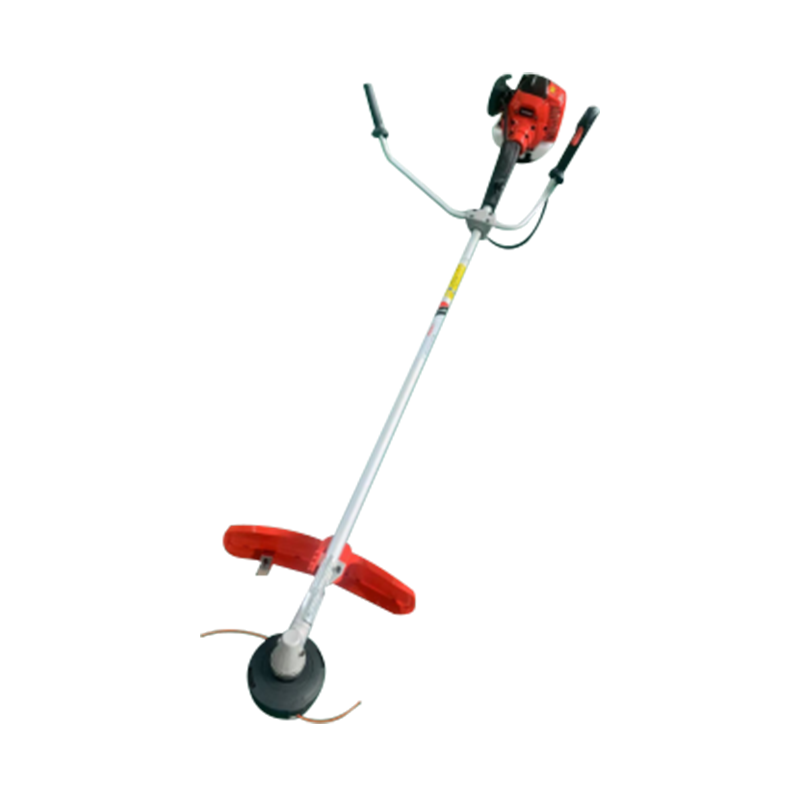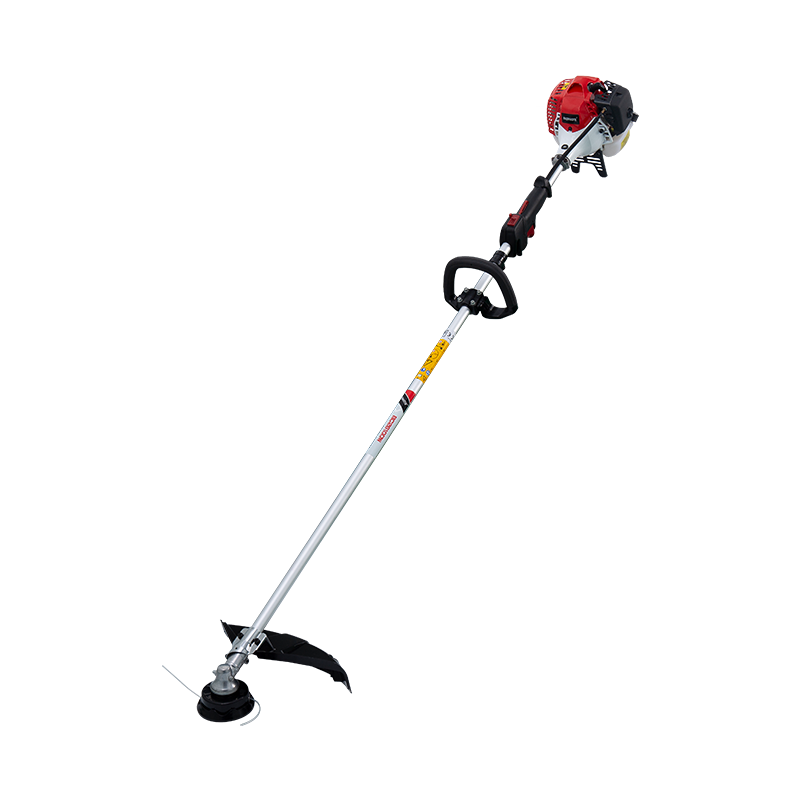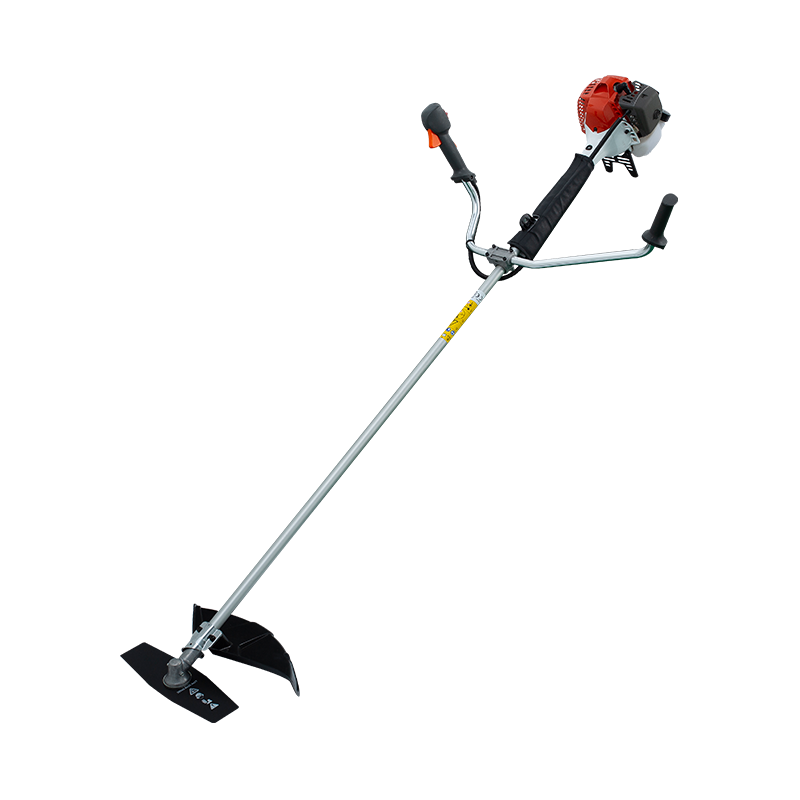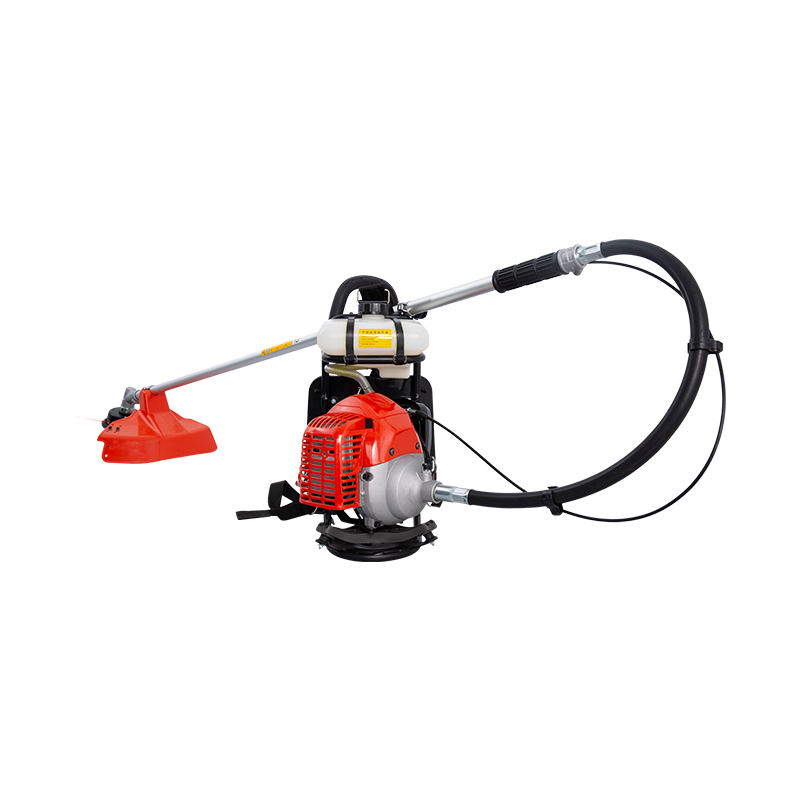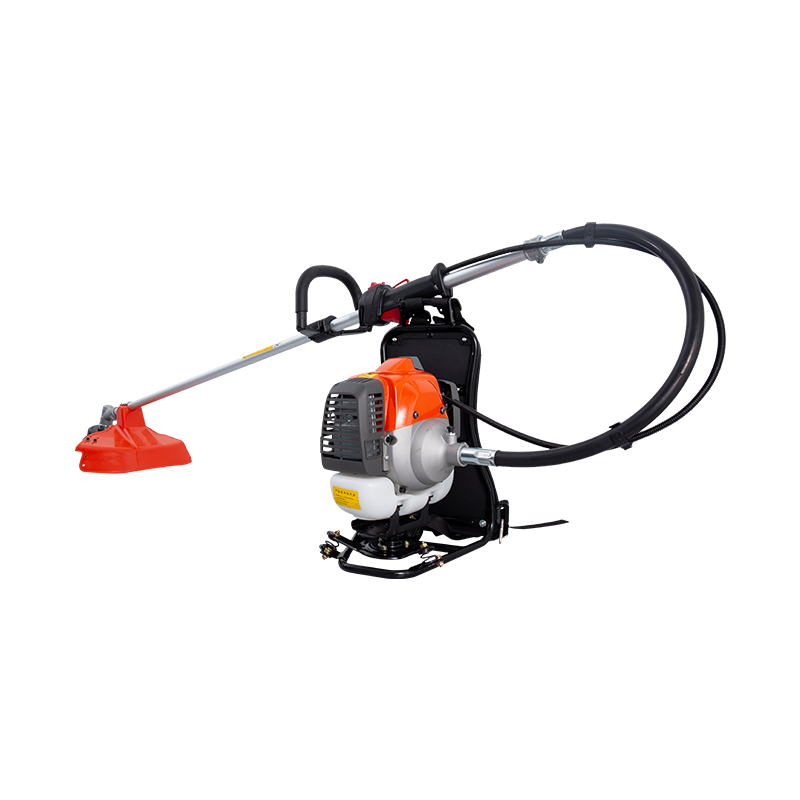For homeowners, the quest for a pristine yard often involves a cluttered shed filled with single-purpose tools. What if one powerful tool could consolidate your arsenal, saving you time, money, and storage space? Enter the multi-purpose trimmer, the ultimate all-in-one solution for modern lawn care. This versatile machine goes beyond simple string trimming, offering a range of attachments that transform it into a landscape workhorse. This article delves deep into why a multi-purpose trimmer might be the last yard tool you ever need to buy, exploring its capabilities, benefits, and how to choose the right one for your needs. We'll integrate key considerations like best attachments for multi-purpose trimmer, multi-purpose trimmer for small gardens, and converting trimmer to edger to provide a comprehensive guide.
What is a Multi-Purpose Trimmer?
At its core, a multi-purpose trimmer is a power tool built around a central power unit—either gas-powered for maximum mobility and power or electric/battery-powered for quieter, eco-friendly operation. Its true genius lies in its modular design. Instead of a fixed head, it features a drive shaft that accepts various specialized attachments. This allows a single engine or motor to power a multitude of landscaping functions. Unlike a basic string trimmer that only cuts grass and weeds, a multi-purpose system can become an edger, a brush cutter, a hedge trimmer, a blower, and even a cultivator in minutes. This adaptability makes it an indispensable tool for tackling diverse yard work without the need for multiple expensive, single-function machines. It's the epitome of efficiency, designed for the homeowner who values a smart, streamlined approach to lawn maintenance.
- Modular Power Unit: The heart of the system, providing the energy to run all attachments.
- Quick-Connect System: Allows for fast, tool-free attachment changes, maximizing productivity.
- Versatility: The defining characteristic, enabling one tool to perform the jobs of five or six others.
- Efficiency: Saves significant time by eliminating the need to switch between different tools.
Top 5 Long-Tail Keywords and Their Role in Your Purchase Decision
Understanding specific user queries can greatly refine your search for the perfect tool. These long-tail keywords reflect real-world concerns and uses, guiding you toward a model that truly fits your landscape's demands.
1. best attachments for multi-purpose trimmer
The value of a multi-purpose trimmer is unlocked through its attachments. The "best" attachments are subjective and depend entirely on your yard's specific needs. For most users, a core set includes a string trimmer head for general grass and weed control, a dedicated edger attachment for creating crisp lines along driveways and walkways, and a brush cutter blade for tackling thick, overgrown brush and small saplings. For those with hedges, a hedge trimmer attachment is essential for shaping and maintenance. Additionally, a blower attachment is incredibly useful for quick clean-ups after mowing or trimming. Assessing which of these tasks you perform most frequently will direct you to the kits that offer the best value and utility for your situation.
- String Trimmer Head: The default tool for general maintenance.
- Edger Attachment: Creates clean, professional-looking edges.
- Brush Cutter Blade: For heavy-duty clearing of dense vegetation.
- Hedge Trimmer Attachment: For shaping shrubs and bushes.
- Blower Attachment: For effortless cleanup of clippings and debris.
2. multi-purpose trimmer for small gardens
For small garden owners, space is at a premium, making a multi-purpose trimmer for small gardens an ideal choice. Battery-powered (cordless) models are particularly advantageous here. They are lightweight, maneuverable, and eliminate the hassle of a cord, which is easily tangled in confined spaces. Their quieter operation is also a benefit in close-quarters neighborhoods. The key is to choose a system that has the specific attachments you need—typically a trimmer and an edger—without paying for a large, powerful kit designed for acres of land. A compact, lightweight model will reduce user fatigue and make precise work around delicate flower beds and garden borders much easier.
- Maneuverability: Essential for navigating tight spaces between plants and structures.
- Cordless Operation: Provides ultimate freedom of movement without trip hazards.
- Lightweight Design: Reduces arm fatigue during detailed work.
- Precision: Allows for careful trimming around valuable plants and garden features.
3. converting trimmer to edger
The process of converting trimmer to edger is a primary example of the versatility these tools offer. For many homeowners, achieving those crisp, defined edges that separate a good lawn from a great one is a top priority. With a multi-purpose system, this conversion is typically simple and tool-free. Most models allow you to detach the trimmer head and attach a dedicated edger unit, which positions a vertical metal blade at a 90-degree angle to the shaft. This transformation takes mere minutes, demonstrating the incredible practicality of the system. It means you can switch from trimming the lawn to edging the driveway in the time it takes to walk from your backyard to your front, all with the same reliable power source.
- Ease of Conversion: Usually involves a simple click-and-lock mechanism.
- Dedicated Blade: Provides a cleaner cut than a makeshift string trimmer edge.
- Time-Saving: Drastically reduces the total time spent on lawn detailing.
- Professional Results: Delivers a landscaper-quality finish to your yard.
4. multi-purpose trimmer maintenance tips
To ensure your investment lasts for years, proper upkeep is non-negotiable. Adhering to a regimen of multi-purpose trimmer maintenance tips will keep the tool running smoothly and safely. For gas models, this involves using fresh, stabilized fuel, regularly checking and cleaning the air filter, and ensuring the spark plug is in good condition. For all types, it's crucial to keep the drive shaft properly lubricated with the recommended grease. After each use, clean debris from the attachments and inspect the trimmer line or cutting blades for wear and damage. Proper storage, either by draining the gas (for gas models) or removing the battery (for cordless), is also vital for long-term health. These simple steps prevent most common performance issues.
- Fuel Management: Use fresh fuel and stabilizer for gas models to prevent carburetor issues.
- Air Filter Care: Clean or replace the air filter regularly to maintain engine efficiency.
- Shaft Lubrication: Grease the drive shaft periodically to prevent wear and ensure power transfer.
- Attachment Inspection: Check for loose bolts, worn blades, or damaged parts before each use.
- Proper Storage: Store in a dry, clean place to prevent rust and corrosion.
5. battery vs gas multi-purpose trimmer
The debate between a battery vs gas multi-purpose trimmer is central to the purchasing decision. Each power type offers distinct advantages tailored to different user needs. Gas models are traditionally known for raw power and unlimited runtime, making them the go-to for large properties and the most demanding tasks like heavy brush clearing. However, they require more maintenance, are heavier, louder, and produce emissions. Modern battery-powered models have closed the power gap significantly. They are lighter, virtually silent, require almost no maintenance, and are zero-emission. The limitation has been runtime, but with advancements in battery technology and the option to have spare batteries, they are now a formidable choice for most residential properties, especially small to medium-sized yards.
- Power Output: Gas models generally offer higher power for prolonged heavy-duty work.
- Runtime: Gas has unlimited runtime with refills; battery runtime depends on amp-hour (Ah) rating.
- Maintenance: Battery models have far fewer maintenance requirements (no fuel, oil, or spark plugs).
- Weight & Noise: Battery tools are lighter and significantly quieter than gas counterparts.
- Environmental Impact: Battery tools are zero-emission at the point of use.
| Factor | Battery-Powered | Gas-Powered |
| Power | Excellent for most residential tasks | Superior for heavy-duty, prolonged use |
| Runtime | Limited by battery capacity (20-60 mins typical) | Unlimited (refill tank) |
| Noise Level | Quiet | Loud |
| Maintenance | Very Low | High (fuel, oil, air filter, spark plug) |
| Weight | Lighter | Heavier |
| Start-up | Instant (push-button) | Requires pulling a starter cord |
How to Choose the Right Multi-Purpose Trimmer for Your Yard
Selecting the perfect tool requires a careful assessment of your property and your personal preferences. Start by evaluating the size and terrain of your yard. A small, flat urban garden has vastly different needs than a large, rural property with overgrown areas. Next, consider the primary tasks you'll be performing. Is your main goal delicate edging and trimming, or is it clearing thick brush? Your answers will guide you toward the necessary power source and attachments. Finally, think about practicalities: your physical ability to handle a heavier gas unit, your willingness to perform engine maintenance, and your budget. The goal is to find a system that feels like a natural extension of your gardening routine, not a cumbersome chore.
- Yard Size & Terrain: The largest determinant of required power and runtime.
- Primary Tasks: List your most common jobs to identify must-have attachments.
- Physical Ergonomics: Choose a weight and balance you can comfortably handle.
- Maintenance Preference: Be honest about how much upkeep you are willing to perform.
- Budget: Consider the long-term value of a system that replaces multiple tools.
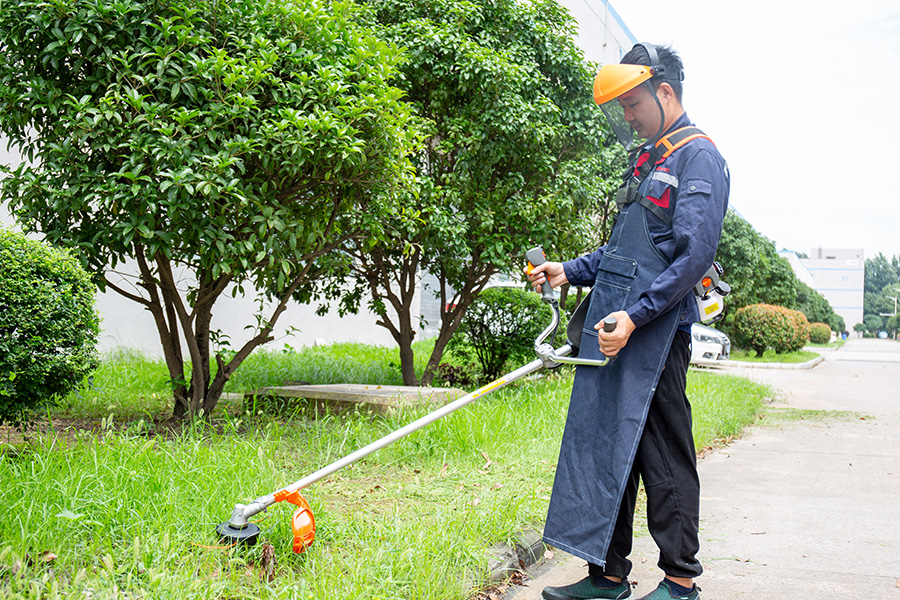
Frequently Asked Questions (FAQ)
What safety gear should I use with a multi-purpose trimmer?
Operating any power tool requires respecting its power and potential hazards. When using a multi-purpose trimmer, essential safety gear includes impact-resistant safety glasses or a face shield to protect your eyes from flying debris like rocks, twigs, and trimmer line fragments. Sturdy, closed-toe shoes and long pants are mandatory to protect your feet and legs from thrown objects and the cutting tool itself. Heavy-duty work gloves improve your grip and protect your hands. For gas models or particularly loud attachments like a brush cutter, hearing protection is highly recommended. Always read the manufacturer's safety manual before first use.
Can I use a multi-purpose trimmer to cut thick weeds and small trees?
Yes, but only with the correct attachment and sufficient power. The standard nylon string trimmer head is designed for grass and soft weeds. For thicker vegetation like dense brush, brambles, or even small saplings up to about 1-2 inches in diameter, you must use a dedicated brush cutter attachment. These attachments typically feature solid metal blades with multiple teeth. It is crucial to ensure your power unit (whether gas or a high-voltage battery model) has enough torque to power through this dense material without stalling. Attempting this kind of work with a basic string head or an underpowered unit can damage the tool and is unsafe.
How often should I replace the trimmer line?
The frequency of replacing your trimmer line depends entirely on usage intensity and the surfaces you're cutting. There's no fixed schedule. You should replace the line when it becomes too short to cut effectively or wears down significantly. A common sign is the tool struggling to cut grass that it previously handled easily, often because the short line isn't reaching at the correct speed. Always use the line diameter and type specified by the manufacturer for your specific trimmer head. For those who do a lot of trimming, learning to quickly respool the head is an essential skill that keeps your workflow efficient.
Are multi-purpose trimmers difficult to assemble and maintain?
Generally, multi-purpose trimmers are designed for user-friendly assembly and maintenance. The initial setup typically involves attaching the shaft to the power unit and mounting the handle, which are straightforward processes outlined in the manual. The real simplicity shines in the attachment system itself, which is usually a tool-free, quick-connect design allowing you to switch functions in seconds. Maintenance is simpler for battery-electric models, requiring little more than cleaning and occasional lubrication. Gas models require more involved upkeep like air filter cleaning, spark plug checks, and fuel system management, but these are standard procedures for any small engine and are well-documented.
Is a multi-purpose trimmer worth it for a homeowner with a basic lawn?
Absolutely. While a basic lawn may not need a brush cutter, the versatility of a multi-purpose system still offers significant value. The key functions of trimming and edging are fundamental to a well-kept lawn, and having a single tool that does both exceptionally well justifies the investment. It saves storage space by replacing two tools and elevates the quality of your lawn care with professional-grade edging capabilities. Furthermore, it provides the flexibility to handle unexpected tasks, like trimming a overgrown hedge at a relative's house, because you already have the power unit and can simply acquire the attachment. It's an investment in both efficiency and potential.

 English
English Español
Español